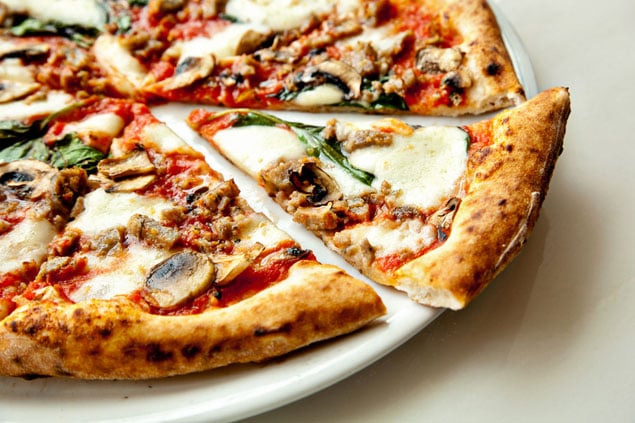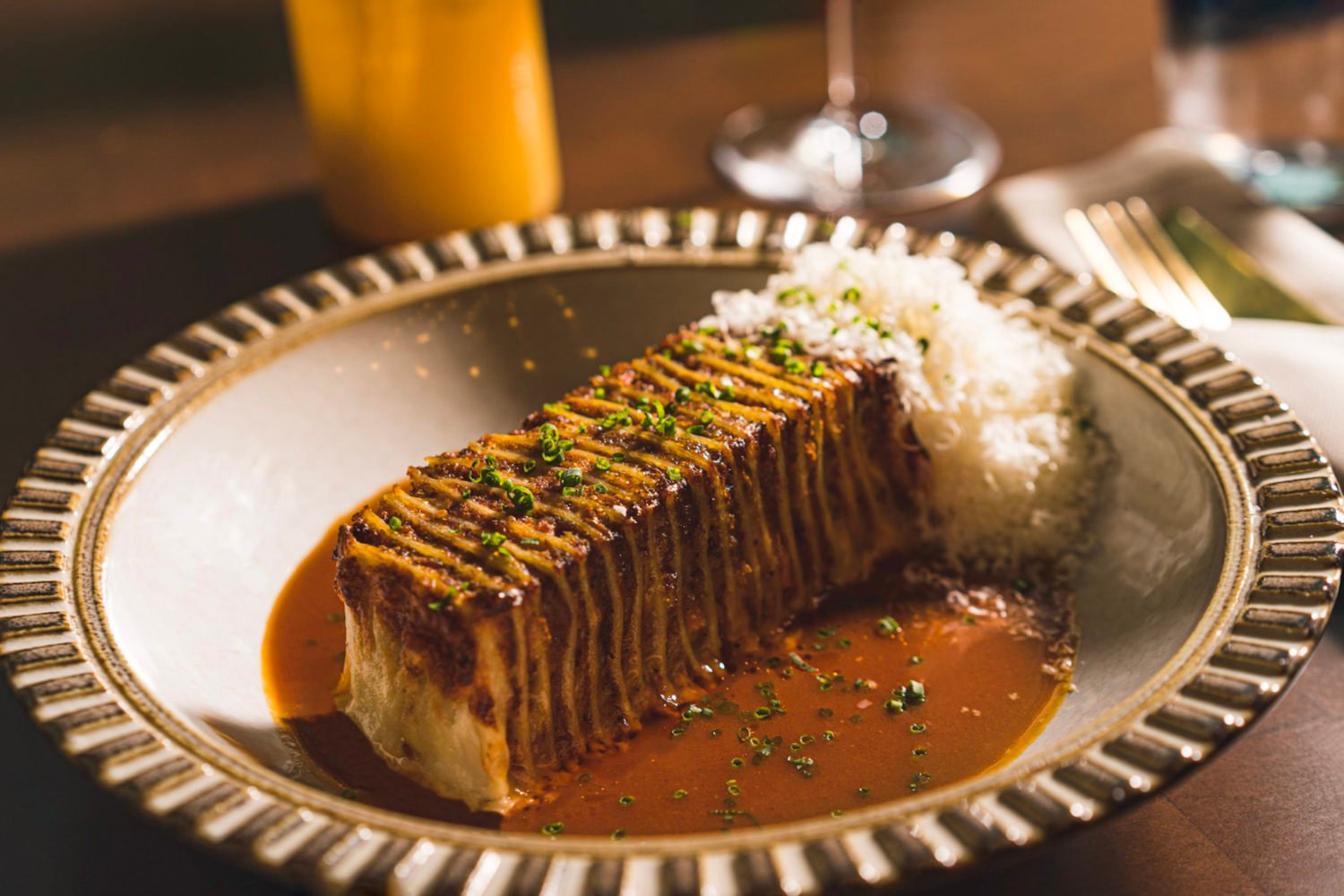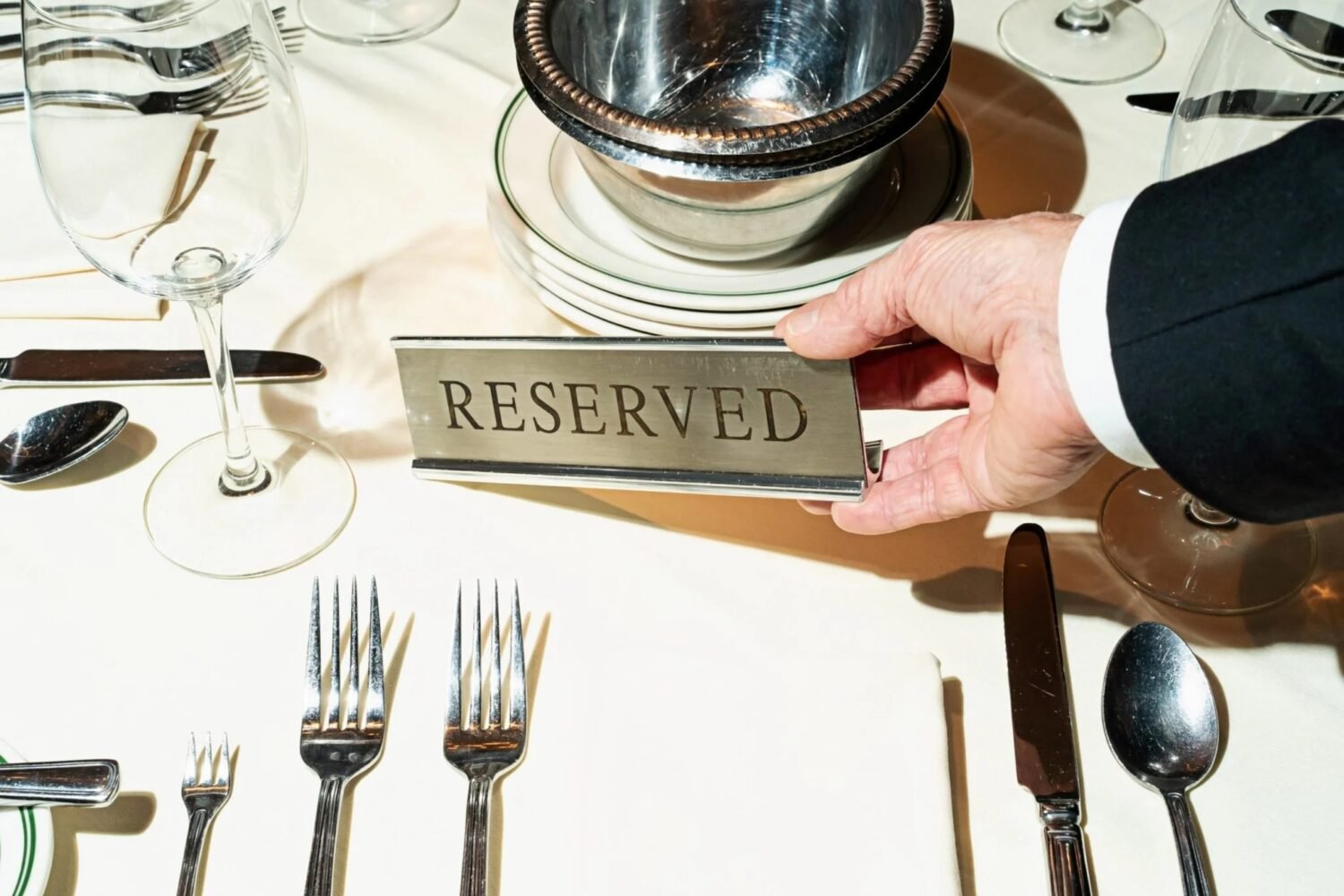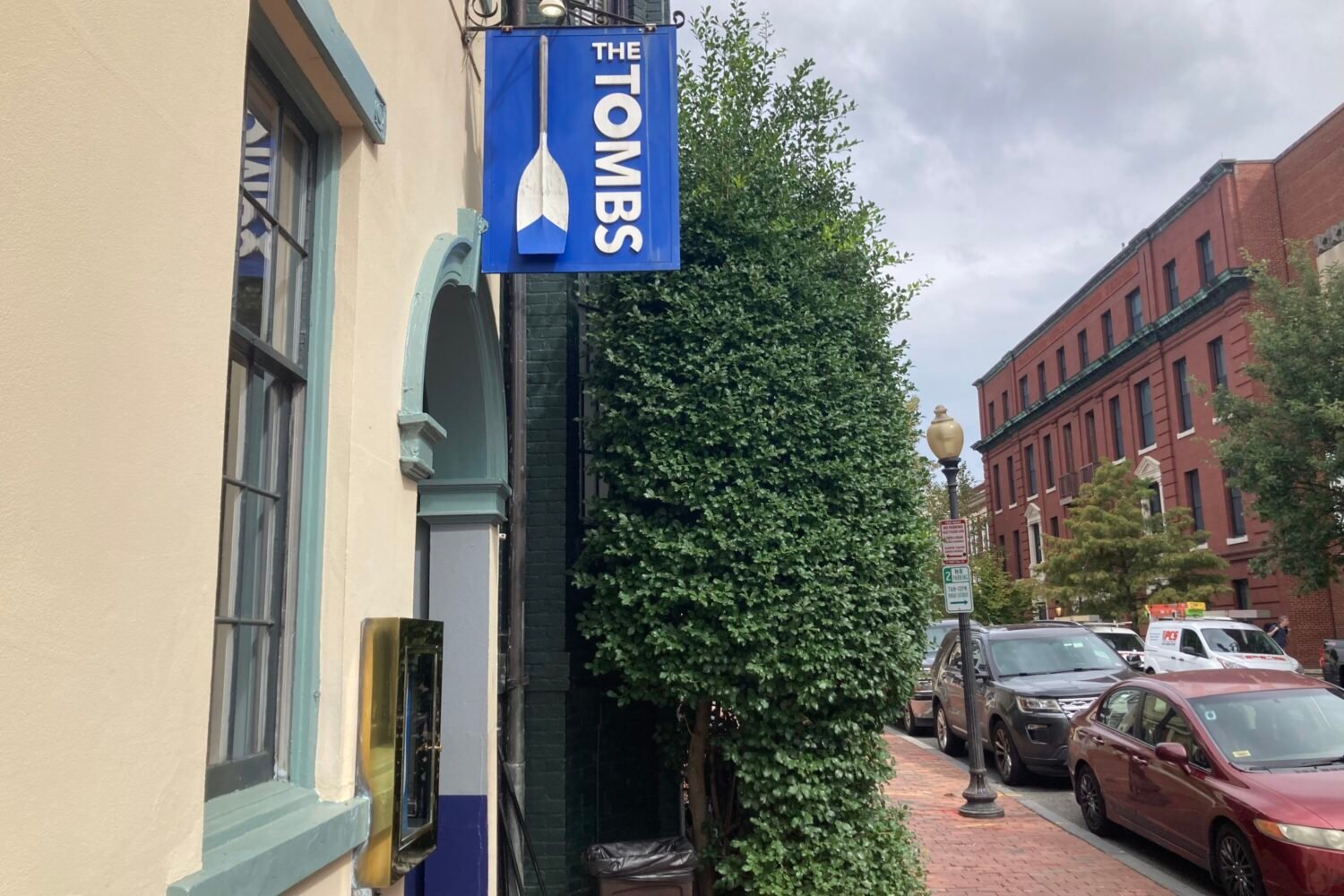Slideshow: Inside Menomalé
The surprising thing about the ubiquity of Neapolitan pizza in Washington—three places that serve it opened here in the past year alone—is that it’s the hardest of the pizza genres to do well.
Take the iconic Margherita, the highest expression of the Neapolitan ideal—a thin smear of tomato sauce, a few dabs of mozzarella, and a few shreds of basil. If the execution isn’t perfect, or damn close to it, and the ingredients aren’t first-rate, then it fits my friend Andre’s snarky assessment of most Neapolitan pies: “tomato bread.” Not only is there no margin for error; there are no compensating pleasures if all doesn’t go right. The diner can’t glory in gooey cheese, as he can with deep-dish, or enjoy a smorgasbord of toppings, as with New York-style, or be dazzled by size, as with New Haven-style.
The latest to give Neapolitan a go is Menomalé, a cramped, 28-seat dining room in DC’s Brookland that might have gotten away with simply being a dependable joint for a midweek meal, given the scarcity of options nearby. It’s that and more. Not only has Menomalé established itself as a destination for pizzaphiles—it has entered the conversation about the area’s best.
The restaurant is a collaboration between friends Leland Estes and Ettore Rusciano, who met while working at a similarly small but ambitious pizzeria in San Francisco. In Brookland, the pair found cheap rent and an opportunity to position themselves amid the microbrew culture that has begun to flower in Northeast DC. They hoped, by doing so, to underscore their passionately artisanal message.
Estes’s beers—20 on tap, 15 to 20 in bottles—showcase some of the most interesting work being done in both Europe and America. And Estes is as much guide as curator. A slight, bearded man with a sly wit, he likes to scan the room for diners staring with wrinkled brows at his chalkboard list, then sidle up to explain obscurities such as Troegenator or XX Corruption and offer sample pours.
Rusciano, the pizzaiolo, is a lean man with an intense expression who usually can be seen tending the 6,000-pound wood-burning oven, a custom-made hearth so massive and white it resembles an igloo. The Naples native is an attentive craftsman, with an understanding of balance—at their best, his crusts are thin and crisp in the center, puffy and chewy on the perimeter, and with so many air pockets in the billowed edges that doughiness is never a problem—and proportion: Toppings are applied so evenly you’d swear he was working from a template. He also knows how to use salt.
Typically, the best Neapolitan pies are the simplest. The genre tends to reward the less-is-more approach while punishing those who pile on the toppings. Rusciano, though, has a gift for combining flavors, and he doesn’t falter when he moves beyond the elemental simplicity of a Margherita (sauce, cheese, basil, olive oil). Forgoing sexy add-ons such as truffles or foie gras, he finds compatibilities among relatively ordinary ingredients—for instance, the way sautéed porcini mushrooms, Parmesan, and prosciutto cotto create a tight, multi-part harmony.
Whether he can find greater consistency is the question. In five visits, I had several great pies, a few good pies, and only once a mediocre pie. The difference between the good and the great invariably came down to the crust. If Rusciano can nail his crusts every time, then Menomalé has the chance to be something really special.
As good as the pizzas are, the single best thing I ate was one of the sandwiches Rusciano makes with repurposed pizza dough, the pizzaiolo’s equivalent of nose-to-tail cooking. His crunchy, slightly smoky flatbreads make an ideal sandwich bread. I love a version of ham-and-cheese that brings together bits of spiced sausage, strips of pungent prosciutto, creamy buffalo mozzarella, fragrant basil, and a smear of house-made mayonnaise. If I were Rusciano and Estes, I’d get a food truck just to sell it by the dozen.
Beyond the pizzas, sandwiches, and calzones, there are a number of salads. A plate of mixed field greens, fennel, and onions is no throwaway—its bright balsamic dressing is carefully applied, and every ingredient is made to count. The caprese salad features thick slices of house-made mozzarella so fresh and moist they call to mind the drenched layers of a tres leches cake. A must-order for a group is the affettati misti della casa, a shareable plate of excellent cured meats, cheeses, and olives along with several slices of Rusciano’s flatbread—though it’s so filling it might dissuade you from ordering that same flatbread in sandwich or pizza form.
I’m eager to see what becomes of Menomalé as it matures, gains confidence, and, let’s hope, achieves greater consistency with its signature item. I’m inclined to believe that great things await. For now, it’s an accomplishment simply to make good on the elusive promise of Neapolitan.
This article appears in the October 2012 issue of The Washingtonian.













